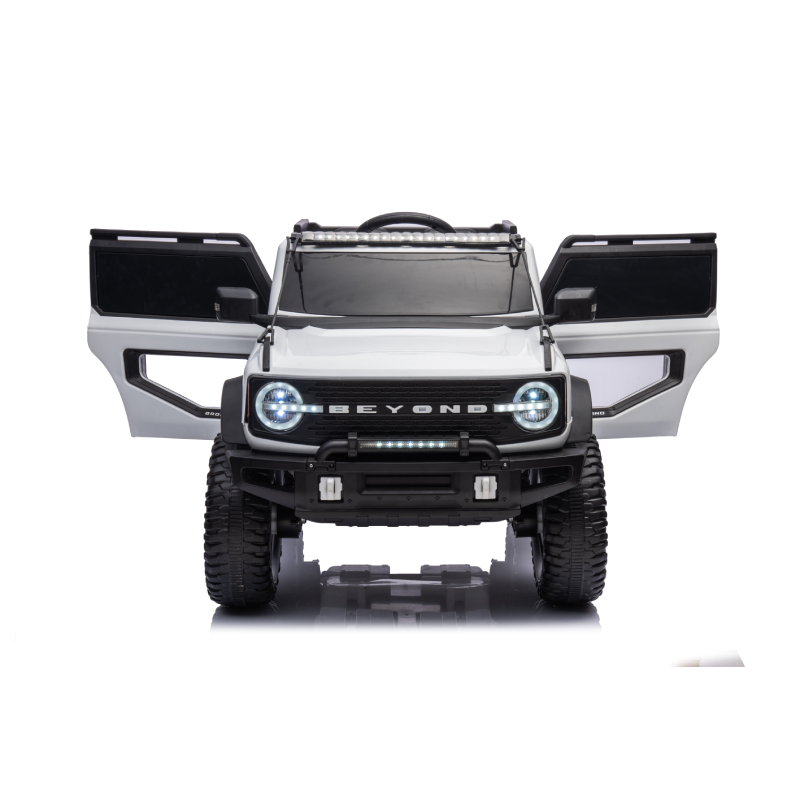Mastering Balance on a Scooter for Ultimate Riding Confidence and Control
Scooter Balancing Mastering the Art of Stability
In recent years, personal electric scooters have surged in popularity, offering a convenient and eco-friendly mode of transportation. However, as exhilarating as riding a scooter may be, many users face challenges when it comes to balancing. Balancing on a scooter is an essential skill that not only ensures safety but also enhances the overall riding experience. This article explores the techniques and tips for achieving optimal balance while scootering, catering to both beginners and experienced riders.
Understanding the Basics
Before diving into the nitty-gritty of balancing, it’s crucial to understand how a scooter operates. Most scooters are designed with two wheels, a deck for standing, and handlebars for steering. The core principle of balance is to maintain the center of gravity over the wheels. When a rider leans forward or backward, the scooter can tip, leading to a potential fall. Hence, understanding your body’s center of gravity and how it interacts with the scooter is paramount.
Key Techniques for Balance
1. Posture and Body Position Maintaining an upright posture is crucial for balance. Stand with your feet shoulder-width apart on the scooter deck, distributing your weight evenly. Bend your knees slightly to absorb shocks from uneven surfaces. Avoid leaning too far forward or backward; instead, keep your body aligned with the scooter.
2. Use the Handlebars Wisely The handlebars are not just for steering; they play a significant role in your balance. Hold them steadily and use gentle movements to guide the scooter rather than abrupt turns. When navigating curves, lean slightly into the turn while keeping your upper body aligned with the deck.
scooter balancing

3. Keep Your Eyes Forward Many novice riders make the mistake of looking down at their feet or the ground. Instead, focus your gaze on the horizon or where you intend to go. This not only helps with spatial awareness but also aids in maintaining balance, as your body naturally follows your line of sight.
4. Practice Stopping and Starting One of the most challenging aspects of balancing on a scooter is the transition between stopping and starting. To practice, find a flat, open space. Start by pushing off with one foot while keeping the other on the deck. Gradually shift your weight to the standing leg and use your free foot to kick off as you gain momentum. Learning how to brake smoothly is equally important; gently apply pressure to the brake without sudden jerks.
5. Ride on Different Surfaces To become proficient in balancing, practice riding on various surfaces—smooth pavement, uneven terrain, and even slight inclines. Each surface presents unique challenges that will improve your adaptability and control, ultimately enhancing your balancing skills.
Safety First
While mastering scooter balancing is rewarding, safety should always be a priority. Invest in a quality helmet and protective gear such as knee and elbow pads. Always adhere to traffic rules and be vigilant about your surroundings. Avoid busy streets or hazardous environments until you’re confident in your balancing abilities.
Conclusion
Balancing on a scooter is both an art and a science that involves understanding your body mechanics and making consistent adjustments based on your environment. By practicing proper posture, utilizing the handlebars effectively, maintaining focus, and familiarizing yourself with various surfaces, you can enhance your balancing skills significantly. With patience and persistence, riding a scooter can transform from a daunting experience into an exhilarating journey. So grab your scooter, head outside, and enjoy the ride while mastering the incredible skill of scooter balancing!
-
Understanding Voltage in Battery for Children's Motorized CarNewsJun.05,2025
-
Safety Features to Look for in an Electric Car for KidsNewsJun.05,2025
-
How to Teach Your Child to Ride a Kids MotorcycleNewsJun.05,2025
-
How to Prevent Falls on a Balanced ScooterNewsJun.05,2025
-
How to Maintain Your 3 Wheeled Scooter for LongevityNewsJun.05,2025
-
Best Motorcycle Scooters for Urban CommutingNewsJun.05,2025
